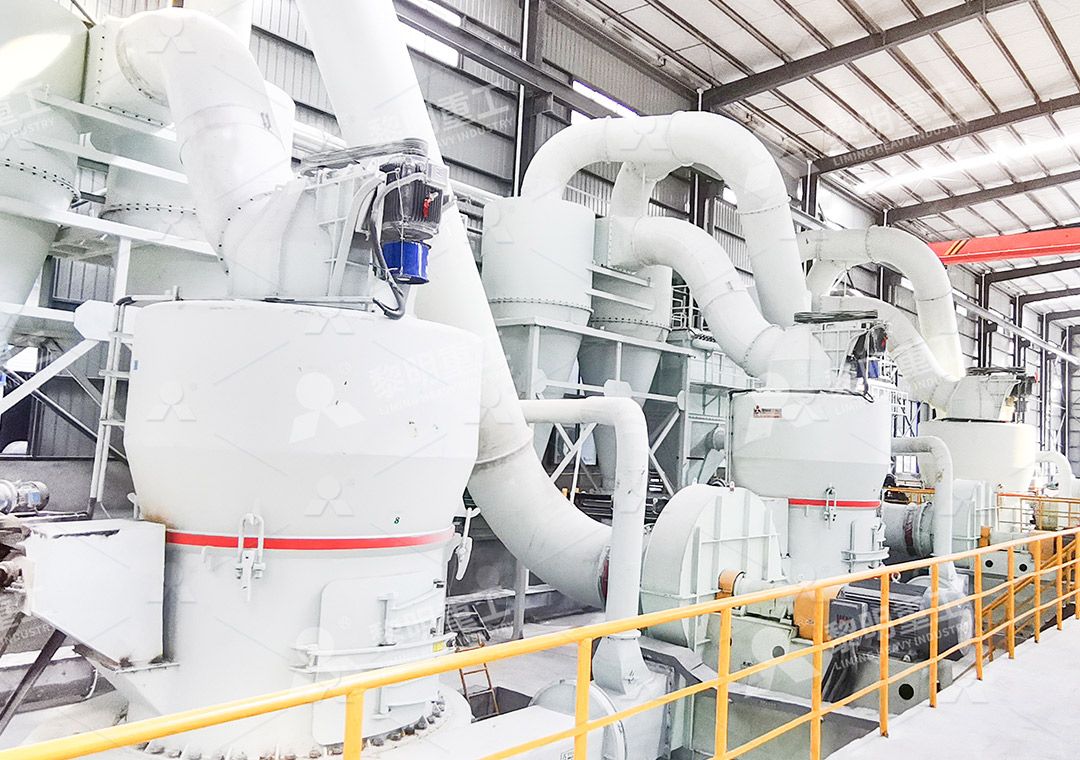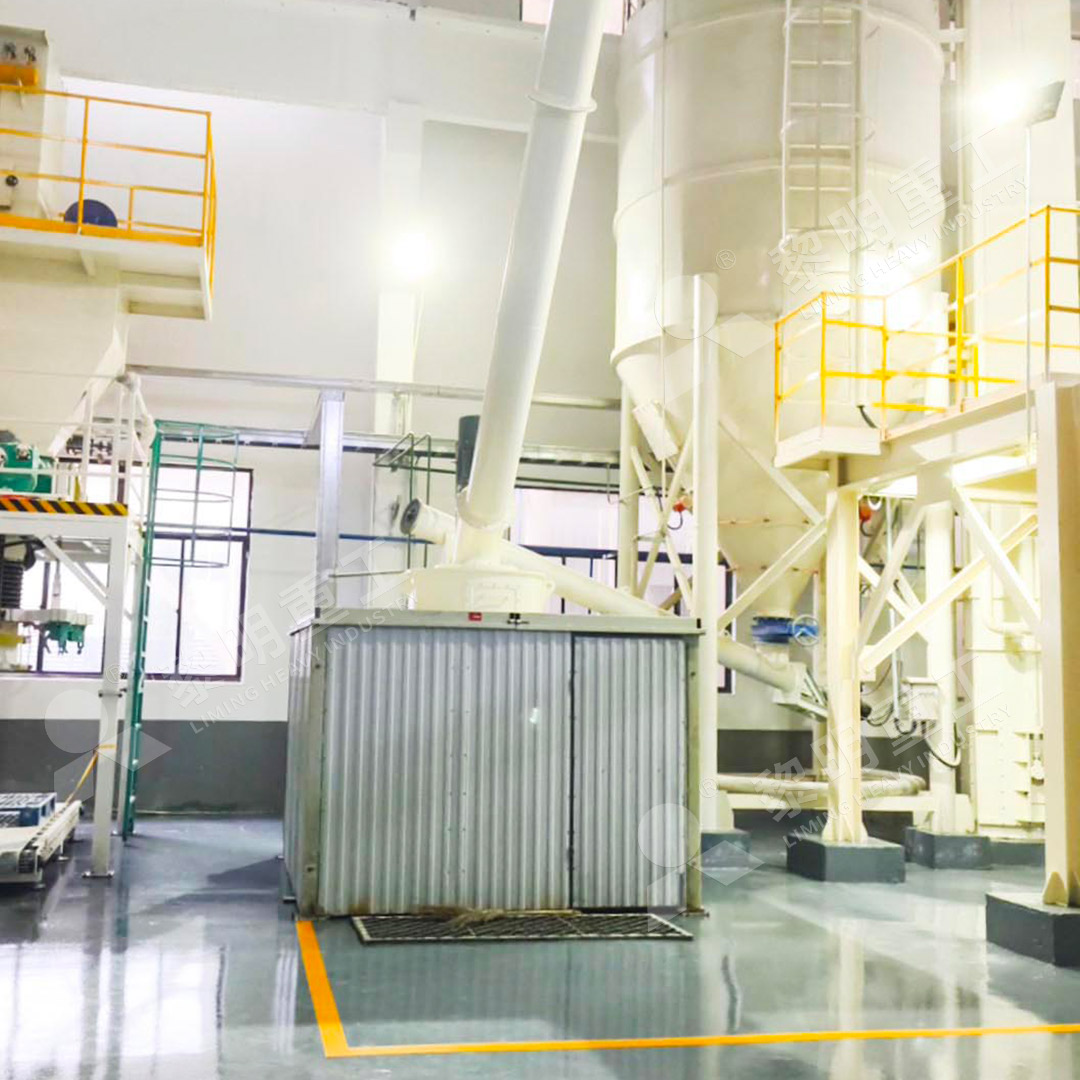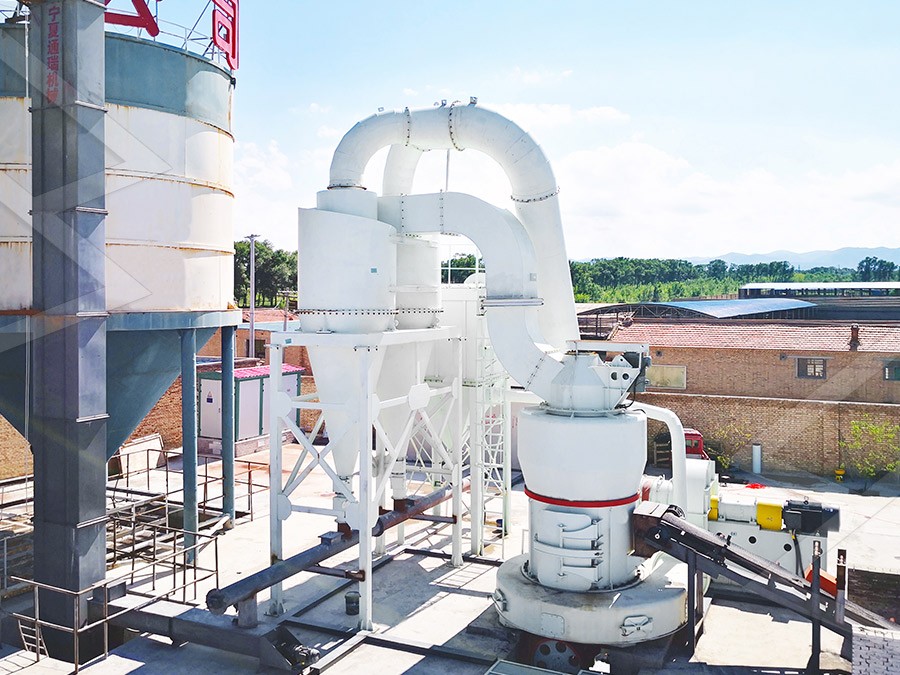Top 10 Rock Grinding Mill Manufacturers for Industrial Applications
Top 10 Rock Grinding Mill Manufacturers for Industrial Applications
In the demanding world of industrial mineral processing, selecting the right grinding mill manufacturer is crucial for operational efficiency, product quality, and long-term profitability. The market is filled with numerous options, but only a handful of manufacturers combine engineering excellence, reliable performance, and innovative technology. Here’s a professional overview of the top-tier manufacturers and technologies shaping the industry today.
Leading Manufacturers and Their Technological Edge
The most respected manufacturers in this sector have distinguished themselves through continuous innovation, particularly in energy efficiency, automation, and environmental compliance. Companies like Metso Outotec, FLSmidth, and ThyssenKrupp have set industry standards with their robust designs and global service networks. Meanwhile, specialized manufacturers from Asia, particularly those from China, have gained significant market share by offering advanced technology at competitive price points without compromising on performance.

Among these emerging leaders, LIMING Heavy Industry has demonstrated remarkable innovation with their MW Series and LUM Series grinding mills. These machines incorporate German powder separating technology and advanced grinding curves that significantly enhance efficiency while reducing operational costs.
Key Considerations When Selecting a Grinding Mill
Industrial buyers should evaluate several critical factors beyond initial purchase price. Energy consumption remains the most significant operational expense in grinding operations, making efficiency paramount. Maintenance requirements, spare parts availability, environmental compliance features, and automation capabilities similarly impact total cost of ownership.
The particle size distribution and product fineness requirements vary significantly across applications—from coarse grinding in cement production to ultra-fine powders for cosmetics and pharmaceuticals. Understanding these requirements helps narrow down the appropriate technology from the vast array of options available.
Spotlight on Advanced Grinding Technologies
One standout innovation in the ultra-fine grinding segment is the MW Ultrafine Grinding Mill from LIMING. This advanced system represents a significant leap forward with its impressive capability to produce powders between 325-2500 meshes while achieving a remarkable d97≤5μm screening rate in a single pass. What makes this mill particularly noteworthy is its innovative design that eliminates rolling bearings and screws from the grinding chamber, effectively addressing common failure points that plague traditional designs.

The MW Series demonstrates exceptional performance metrics, delivering 40% higher production capacity compared to jet mills and stirred mills at equivalent fineness and power consumption. Even more impressively, it achieves twice the output of ball mills while consuming only 30% of the energy required by jet milling systems. For operations prioritizing environmental compliance, the integrated pulse dust collector and muffler system ensures minimal dust and noise pollution, aligning with stringent international environmental standards.
For operations requiring vertical grinding solutions, the LUM Ultrafine Vertical Grinding Mill offers another technologically advanced option. This mill integrates ultrafine powder grinding, grading, and transporting in a single system, featuring double position-limiting technology that ensures exceptional operational stability even under variable load conditions.
Industry Applications and Material Specific Solutions
Modern grinding mills serve diverse industrial sectors including mining, chemicals, construction materials, and advanced materials manufacturing. Specific applications range from processing limestone, calcite, and dolomite for industrial fillers to creating ultra-fine powders for pharmaceuticals, cosmetics, and food additives.
The versatility of contemporary grinding systems allows manufacturers to handle materials with varying hardness, moisture content, and abrasiveness. Advanced manufacturers typically offer application-specific configurations that optimize performance for particular material characteristics and production requirements.

Future Trends in Grinding Technology
The grinding mill industry continues to evolve toward greater digital integration, with IoT-enabled monitoring systems, predictive maintenance capabilities, and fully automated operation becoming standard expectations. Energy efficiency remains a primary driver of innovation, with manufacturers competing to deliver lower kWh/ton ratios while maintaining or improving product quality.
Environmental considerations increasingly influence equipment design, with manufacturers incorporating comprehensive dust collection, noise reduction technologies, and systems that minimize water consumption in grinding circuits. The most forward-thinking manufacturers now design their equipment with circular economy principles in mind, ensuring that components can be easily repaired, refurbished, or recycled.
Frequently Asked Questions
What is the most energy-efficient type of grinding mill for limestone processing?
Vertical roller mills typically offer the best energy efficiency for limestone grinding, with modern designs consuming 30-50% less energy than traditional ball mills. The MW Ultrafine Grinding Mill specifically demonstrates exceptional efficiency, using only 30% of the energy required by jet mills while delivering higher capacity.
How important is after-sales service when selecting a grinding mill manufacturer?
Extremely important. Grinding mills are capital investments that must operate reliably for decades. Manufacturers with strong global service networks, comprehensive spare parts inventories, and responsive technical support significantly reduce downtime risks. LIMING, for instance, provides original spare parts and technical services to ensure worry-free operation.
What fineness range can modern ultra-fine grinding mills achieve?
Advanced ultra-fine mills like the MW Series can produce powders ranging from 325 to 2500 meshes, with some configurations achieving d97≤5μm particle size distribution. The specific fineness depends on the material characteristics and the grinding system configuration.
How do environmental regulations impact grinding mill selection?
Modern grinding mills must incorporate dust collection systems, noise reduction features, and energy-efficient designs to comply with environmental standards. Equipment like the MW Ultrafine Grinding Mill with its integrated pulse dust collector and muffler system is specifically engineered to meet these requirements while maintaining high production efficiency.
